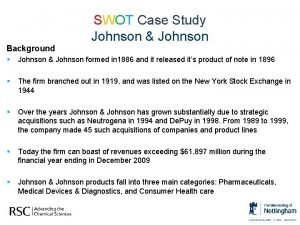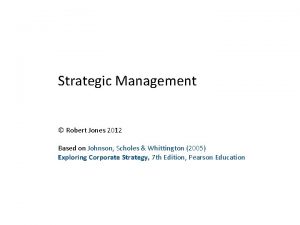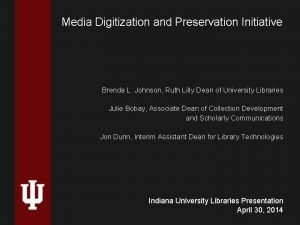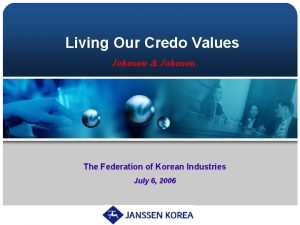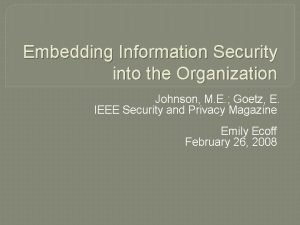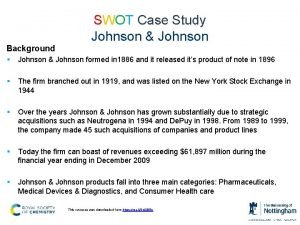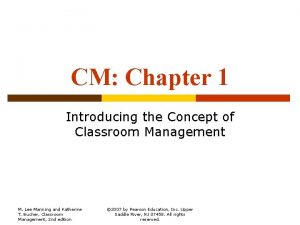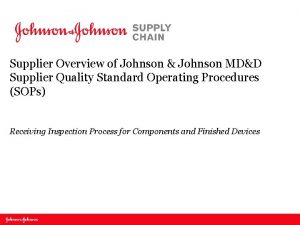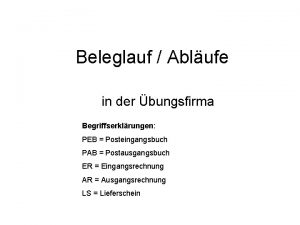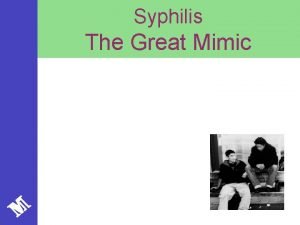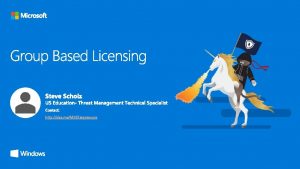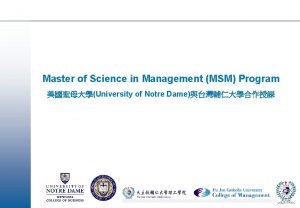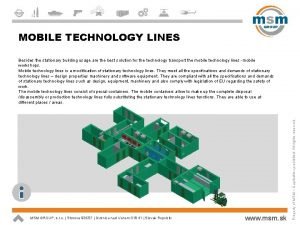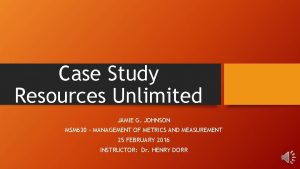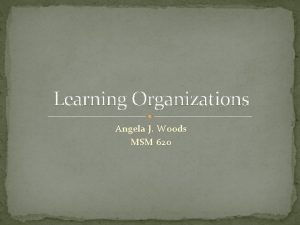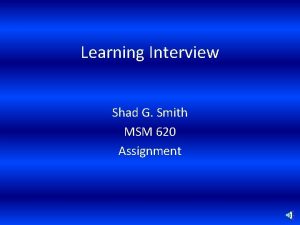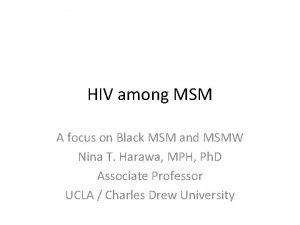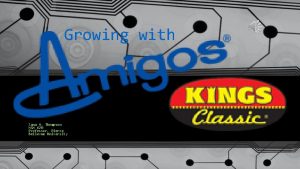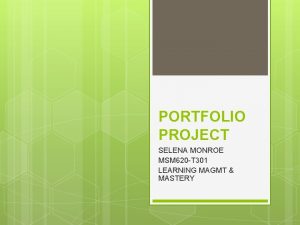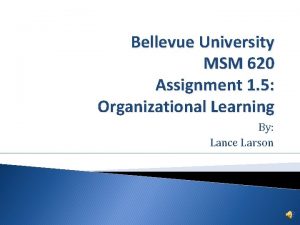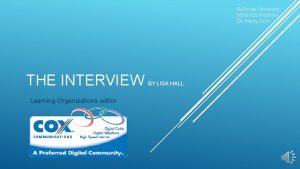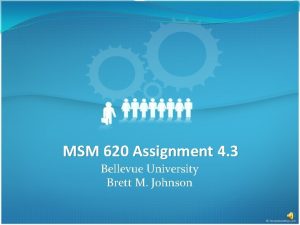Learning Organization JAMIE G JOHNSON MSM 620 LEARNING















- Slides: 15

Learning Organization JAMIE G. JOHNSON MSM 620 – LEARNING MANAGEMENT AND MASTERY 25 SEPTEMBER 2016 INSTRUCTOR: DR. HENRY DORR

Agenda Interviewee Organizational Character Index Questions Asked Questions Answered Conclusion

Interviewee Senior Master Sergeant (SMSgt) Patrick Nutt Flight Chief of the Little Rock AFB Precision Measurement and Equipment Laboratory (PMEL) Organization: 23 personnel/3 sections 25 years experience My mentor

Organizational Character Index PMEL result= ISTJ Key terms: Stable Closed to outsiders – harder for them to spot problems Efficient and low-key Live by schedule and meet their deadlines Provides clear expectations and role responsibilities

Questions Asked 1. Was the Organizational Character Index what you expected? Why? 2. What are your goals for training? Are they in conflict with the squadron, group, wing, etc. ? 3. What is your philosophy on training and keeping people trained? 4. What areas in the PMEL require specialized training? How is that training performed? 5. How has learning/training changed during your time in the Air Force? Has the focus remained the same or is it different? 6. Where do you see training/learning in the future of the career field/Air Force? 7. What is your plan in regards to succession planning 8. Do you have, or did you have, mentors in regards to learning/training?

Question 1 Was the Organizational Character Index (OCI) what you expected and why? He had never heard of the OCI before Based on his time in the career field, it was what he expected PMEL is stable, more influence by the internal factors and less by external ones Very separated from parent organization; allows for more autonomy when making decisions

Question 2 What are your goals for training? Are they in conflict with the squadron, group, wing, etc. ? Increase task coverage throughout the laboratory/plan more emphasis on crossutilization within the flight Improve upgrade training/on-the-job training plans. Looking for more consistent approach to training Get all personnel trained on the critical tasks (20+ tasks) Ensures task coverage in cases of absence, separation, retirements, etc. These help to better serve our customers They are not in conflict and are consistent with higher up leadership goals

Question 3 What is your philosophy on training? Ensure that everybody in his flight is trained to perform in all sections This includes all of the critical measurement areas Ensure there is consistency in that training Easy for somebody new to come in and be trained

Question 4 What areas in the PMEL require specialized training? How is that training performed? Equipment – engine test cell Requires multiple days of hands-on training and a basic understanding of how an engine works Hazardous materials, equipment management, records management, technical orders Most require computer based training (CBT), some require classroom training, or a combination of both The personnel are appointed, then they receive the training

Question 5 How has learning/training changed during your time in the Air Force? Has the focused remained the same or is it different? He joined the Air Force in 1992 Training was very hands-off, self-paced, ask if you have questions Today is the complete opposite Very structured, many opportunities to ask questions, and you have a trainer assigned to you Why the change? His opinion is that become the military has reduced in size since the end of the cold war, that more emphasis is now being put on training. Less people, but the same number of tasks.

Question 6 & 7 Where do you see training/learning in the future of the career field/Air Force? More CBTs. With a reduction in personnel, its easier for personnel to train when they have the time What is your plan in regards to succession planning? Ensure all technicians are trained on critical tasks SMSgt Nutt consistently shares his points of contact with his supervisors, so they know who to talk to if they have problems. This includes the PMEL engineers, career field auditors, functional manager, and other leaders on our installation

Question 8 Do you have, or did you have, mentors in regards to learning/training? Yes, a previous squadron maintenance officer Different ways to think about things Provided more insight on Continuous Process Improvement Knowledgeable on training that worked/didn’t work Incorporated these thoughts into his training plan

Conclusion I learned about the how one organization views learning Consistency Training all personnel Standardization Where those views come from My interviewee learned from the interview as well Made him really think about how important learning is Where his thoughts on learning came from Why learning has changed over the years Very beneficial to both sides

References Bridges, W. (2000). The character of organizations: using personality type in organization development. Palo Alto, Calif: Davies-Black Pub.

Questions?
 Swot analysis johnson and johnson
Swot analysis johnson and johnson Johnson and johnson bcg matrix
Johnson and johnson bcg matrix Laurie johnson brad johnson
Laurie johnson brad johnson Credo leadership behaviors
Credo leadership behaviors Johnson and johnson organizational structure
Johnson and johnson organizational structure Johnson and johnson botnet infections
Johnson and johnson botnet infections Johnson & johnson swot
Johnson & johnson swot Jjeds jnj directory
Jjeds jnj directory Dreikurs classroom management theory
Dreikurs classroom management theory Johnson and johnson md&d
Johnson and johnson md&d Msm monitor
Msm monitor Posteingangsbuch definition
Posteingangsbuch definition Early vs late syphilis
Early vs late syphilis Httpaka
Httpaka Notre dame msm program
Notre dame msm program Msm group s.r.o
Msm group s.r.o
